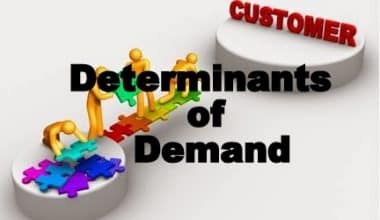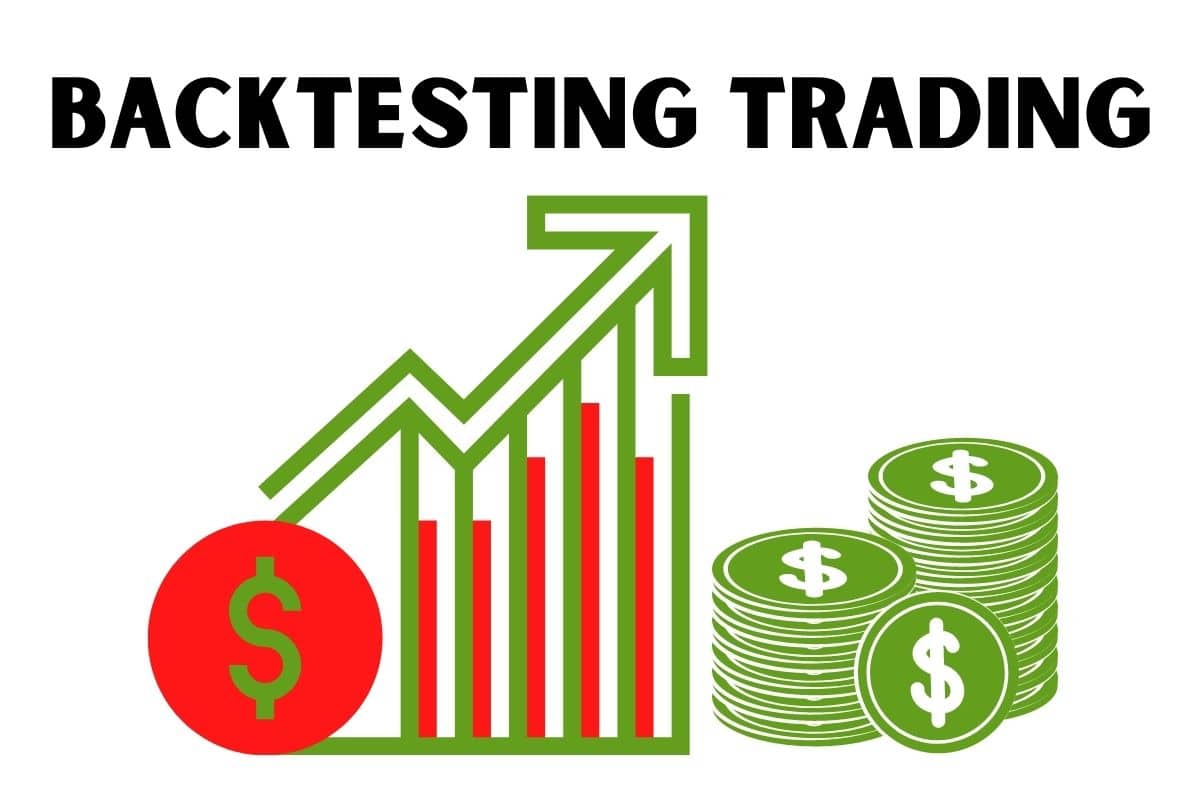Oligopoly is a market structure where a small number of large firms dominate the market. The word “oligopoly” is derived from the Greek words “oligo”, meaning “few” and “pole”, meaning “to sell”. In an oligopolistic market, there is a high degree of interdependence between the firms. This means that the actions of one firm can have an effect on others and vice versa. This article will discuss the definition of oligopoly, its characteristics of oligopoly, and examples of oligopoly.
Introduction to Oligopoly
Oligopoly is a market structure that occurs when a small number of large firms dominate the market. This means that the few firms in the market have some degree of control over the pricing and supply of the product or service. As a result, the firms are highly interdependent and can affect each other’s profitability.
An oligopoly market is characterized by high barriers to entry, limited competition, and pricing power. This type of market structure can be seen in industries such as oil and gas, telecommunications, airlines, and banking. The firms in an oligopoly have the power to affect the market price by changing their supply and demand levels.
Characteristics of Oligopoly
Oligopoly markets have four main characteristics. First, there are a few large firms in the market. Second, the firms are highly interdependent, meaning that the actions of one firm can affect the others. Third, the firms have some degree of control over the pricing and supply of the product or service. Finally, there are high barriers to entry, which make it difficult for new firms to enter the market.
The firms in an oligopoly are highly interdependent and must take into account the actions of their competitors when making decisions. This means that they must consider how their competitors are pricing their products and how much they are producing.
In addition, the firms in an oligopoly have some degree of control over the pricing and supply of the product or service. This means that they can influence the market price by changing their supply and demand levels.
Examples of Oligopoly
One of the most famous examples of an oligopoly is the oil and gas industry. This industry is dominated by a few large firms such as ExxonMobil, Chevron, and BP. These firms have significant control over the pricing and supply of oil and gas, and they are highly interdependent.
Another example of an oligopoly is the telecommunications industry. This industry is dominated by a few large firms such as AT&T, Verizon, and T-Mobile. These firms have significant control over the pricing and supply of telecommunications services and are highly interdependent.
The banking industry is also an example of an oligopoly. This industry is dominated by a few large firms such as Bank of America, Wells Fargo, and JPMorgan Chase. These firms have significant control over the pricing and supply of banking services and are highly interdependent.
Collusive Oligopoly
A collusive oligopoly is an oligopoly in which the firms collude in order to increase their profits. This means that the firms agree to cooperate and set prices and production levels that are beneficial to all of them. Collusion is illegal in most countries, and firms can face hefty fines and other penalties if they are caught engaging in it.
Collusion is possible in an oligopoly because the firms are interdependent and can affect each other’s profitability. Collusive oligopolies are usually stable because the firms have the incentive to keep the agreement in order to maximize their profits.
Oligopoly Barriers to Entry
Oligopoly markets also tend to have high barriers to entry. This means that it is difficult for new firms to enter the market and compete with the existing firms. The barriers to entry can be due to the cost of entering the market, the cost of competing with the existing firms, or the need to have specialized knowledge or resources.
These barriers to entry make it difficult for new firms to enter the market, which allows the existing firms to maintain their market power. This makes it difficult for new firms to compete with existing firms and can lead to higher prices for consumers.
Types of Oligopoly
There are three main types of oligopoly: pure oligopoly, differentiated oligopoly, and monopolistic competition.
#1. Pure Oligopoly
A pure oligopoly is an oligopoly in which the firms produce the same product or service. This means that the firms compete solely on price and the products are perfect substitutes for each other. This can lead to a price war, where the firms compete to offer the lowest price.
#2. Differentiated Oligopoly
A differentiated oligopoly is an oligopoly in which the firms produce different products or services. This means that the firms compete on both price and product quality. This can lead to a quality war, where the firms compete to offer the best quality product.
#3. Monopolistic Oligopoly
Monopolistic competition is an oligopoly in which the firms produce similar but not identical products or services. This means that the firms compete on both price and product differentiation. This can lead to a differentiation war, where the firms compete to offer the most differentiated product.
Four Models of Oligopoly
There are four main models of oligopoly: the Cournot model, the Bertrand model, the Stackelberg model, and the kinked demand model.
#1. Cournot Model
The Cournot model is an oligopoly model in which the firms compete on quantity. This means that the firms set their output levels based on the output levels of their competitors. The firm with the highest output will have the highest profits.
#2. Bertrand Model
The Bertrand model is an oligopoly model in which the firms compete on price. This means that the firms set their prices based on the prices of their competitors. The firm with the lowest price will have the highest profits.
#3. Stackelberg Model
The Stackelberg model is an oligopoly model in which one firm acts as the “leader” and the other firms act as the “followers.” The leader firm sets its output level first, and the follower firms then set their output levels based on the leaders. The leading firm will have the highest profits.
#4. Kinked-Demand Model
The kinked-demand model is an oligopoly model in which the firms have the incentive to keep prices high. This is because the firms fear that if they lower their prices, their competitors will follow suit and they will not be able to raise prices again.
Is Coca-Cola an Oligopoly?
Coca-Cola is an example of an oligopoly. This is because it is a large firm with significant control over the pricing and supply of its product. In addition, there are high barriers to entry into the market, which makes it difficult for new firms to compete with Coca-Cola.
What are the Three Conditions of an Oligopoly?
The three conditions of an oligopoly are a small number of large firms in the market, high barriers to entry, and the firms being highly interdependent. These conditions make it difficult for new firms to enter the market, which allows the existing firms to maintain their market power.
Why Are Oligopolies Stable?
Why such a group is stable is an intriguing question. The firms must see the benefits of collaboration outweigh the costs of economic competition, and then agree not to compete and instead focus on the benefits of collaboration. Firms have found creative ways to avoid the appearance of price fixing, such as using moon phases. Price-fixing is the act of setting prices rather than allowing free market forces to determine them. Firms can also follow a recognized price leader; when the leader raises prices, the others will follow.
What are Some of the Negative Consequences of an Oligopoly?
An oligopoly occurs when a few companies have significant market control. These companies may be able to control prices by conspiring with one another, resulting in uncompetitive market prices. Other negative effects include limiting new market entrants and decreasing innovation. Oil companies, railroad companies, wireless carriers, and big tech all have oligopolies.
Potential Oligopolies in Industries
Oligopolies have existed throughout history in a variety of industries, including steel manufacturing, oil, railroads, tire manufacturing, grocery store chains, and wireless carriers. Airlines and pharmaceuticals are two other industries with oligopoly structures.
In the United States, some of the most notable oligopolies are in film and television production, recorded music, wireless carriers, and airlines. Since the 1980s, industries dominated by two or three firms have become more common. Industry consolidation has occurred as a result of merger agreements between major players.
The common denominator among these industries is that they have high entry barriers. They usually necessitate a large initial capital investment (for example, to build or buy an airplane or to develop and market drugs), and/or they benefit from intellectual property protections such as patents and trademarks, which effectively keep out competitors and favor incumbents.
Traders can find potential pairs of trades in oligopolistic industries.
Current Examples of Oligopolies
There are several well-known oligopolies today. Well-known or household names in key industries or sectors are among these.
#1. The Media
National mass media and news outlets are a prime example of an oligopoly, with only four corporations owning the majority of U.S. media outlets:
- AT&T
- Comcast (CMCSA)
- Charter Communications, Walt Disney Company (DIS)
With the rise of streaming media, new players such as Amazon and Netflix have recently entered the fray, but smaller players have been left out.
#2. Big Technology
Smartphone and computer operating systems are prime examples of oligopolies in big tech. Apple iOS and Google Android dominate smartphone operating systems, while Apple and Microsoft Windows dominate computer operating systems.
The Internet is also dominated by big tech, with Google, Meta (formerly Facebook), and Amazon dominating.
#3. Automakers
Automobile manufacturing is another example of an oligopoly, with the top three automakers in the United States being Ford (F), General Motors (GM), and Stellantis (the new iteration of Chrysler through mergers). Toyota, Honda, Volkswagen Group, and Renault-Nissan-Mitsubishi are among the world’s top automakers.
#4. Telecom
AT&T, once a monopolistic corporation, was famously divided into several “Baby Bells” as a result of an antitrust ruling.
These spinoffs, which include Verizon (VZ), T-Mobile (TMUS), and AT&T, now have an oligopoly in the landline and mobile phone provider space (T).
#5. Entertainment
Hollywood has long been an oligopoly, with only a few film studios, distribution companies, and theater chains to choose from. Only a few companies dominate the music entertainment industry, including Universal Music Group, Sony, and Warner.
#6. Airlines
The airline industry in the United States today is arguably an oligopoly. As of 2021, four major domestic airlines fly slightly more than 65% of all domestic passengers: American Airlines Inc. (AAL), Delta Air Lines Inc. (DAL), Southwest Airlines (LUV), and United Airlines Holdings Inc. (UAL).
Other Businesses
The examples above are among the most obvious, but there are likely to be only a few large players across a broad swath of the economy. Food manufacturers, chemical companies, clothing companies, and supermarket chains are just a few more to keep an eye out for.
Conclusion
In conclusion, an oligopoly is a market structure that occurs when a small number of large firms dominate the market. This type of market structure is characterized by high barriers to entry, limited competition, and pricing power. Examples of oligopolies include the oil and gas industry, telecommunications industry, and banking industry. The four main models of oligopoly are the Cournot model, the Bertrand model, the Stackelberg model, and the kinked demand model.
Overall, oligopoly is an important market structure to understand and is one of the most important elements of the economy. Understanding the characteristics and models of oligopoly can help you make informed decisions in your business.
Related Articles
- WHAT IS NON-PRICE COMPETITION? Best Strategies, Examples, Pros & Cons
- How to Improve Your Communication Skills Now!!! (Helpful Tips)
- BARGAINING POWER OF SUPPLIERS: What It Is & How It Works
- Strategic Human Resource Management






